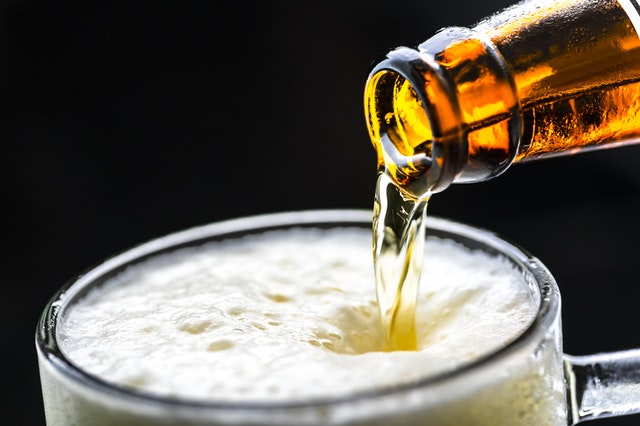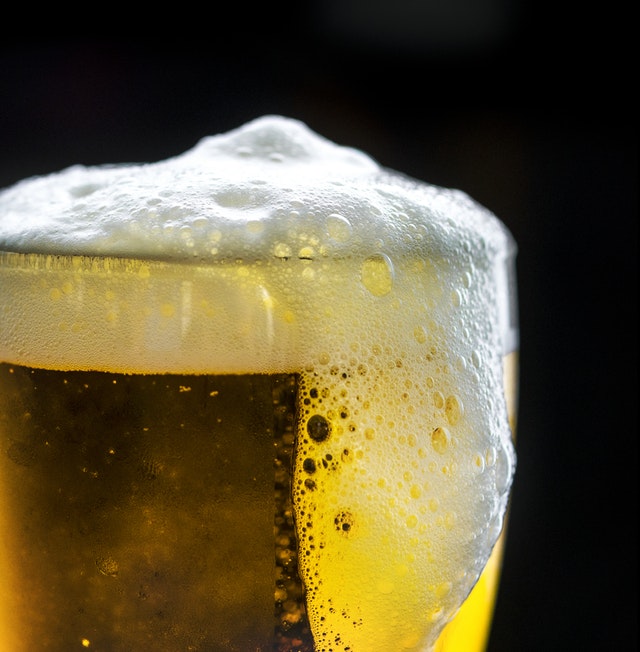
Beer is a beverage enjoyed all around the world. It is one of the oldest and most widely drank beverages across the globe. The earliest evidence of beer fermentation consists of a 13,000 year old residues of a beer from an archeological study with the consistency of gruel (gross!). Nowadays we know that beer is manufactured in large breweries and overseen by well qualified brew masters or at home since it was made legal under the Reagan administration, but have you ever sat down and thought how beer is actually made?
Ingredients
The ingredients of beer are traditionally water, malted barley, yeast, and hops. Starch sources may be mixed with a secondary type of starch such as rice, sugar, or maize (corn) used to complement the barley and are often referred to as adjunct especially when they are used as a less expensive alternative to malted barley. Other starch sources exist in place of barley but are much less used but these include millet, sorghum and cassava root in Africa, potato in Brazil, agave in Mexico, along with several others. The starch ingredients are known as the “mash ingredients” and form the basis of the fermentation process and thus a major key in the strength and flavor of the beer. Beer that is gluten-free will use sorghum as a mash ingredient without the use of any barley. Hops refers to the flower of the hop vine and is used in the flavoring and preservation of most commercial beers these days. The hops provide a bitterness to offset the sweetness of the malted barley. Hops can also give beer a floral and citrus like flavor and aroma. The acidity in hops will also add as a preservative for the beer.

Brewing Industry
Brewing has become a massive industry over the past 50 years or so. The major players in the industry are Anheuser-Bush InBev, SABMiller, and Heineken International. They are largest to smallest in the order listed above. Several mergers since 2000 have formed these mega corporations snatching up breweries of all sizes. Barely registering on the radar are microbreweries. These breweries are usually characterized by producing usually less than 15,000 barrels of beer each year though this varies by various municipality. Many microbreweries incorporate a pub reclassifying these establishments as brewpubs. They are often under the same restrictions as microbreweries but may have a little bit of leeway on how they sell their product in their own building. Traditional microbreweries are often forced to sell through distributors which can make the barrier to entry much higher than originally thought when someone starts. Restrictions around brewing at home were lifted under the Reagan administration in 1978 though individual states within the United States are free to pass laws legislating the activity as they see fit.
Regardless of type of beer you drink or how often or for what purpose we urge you to drink responsibly and never drink and drive.
